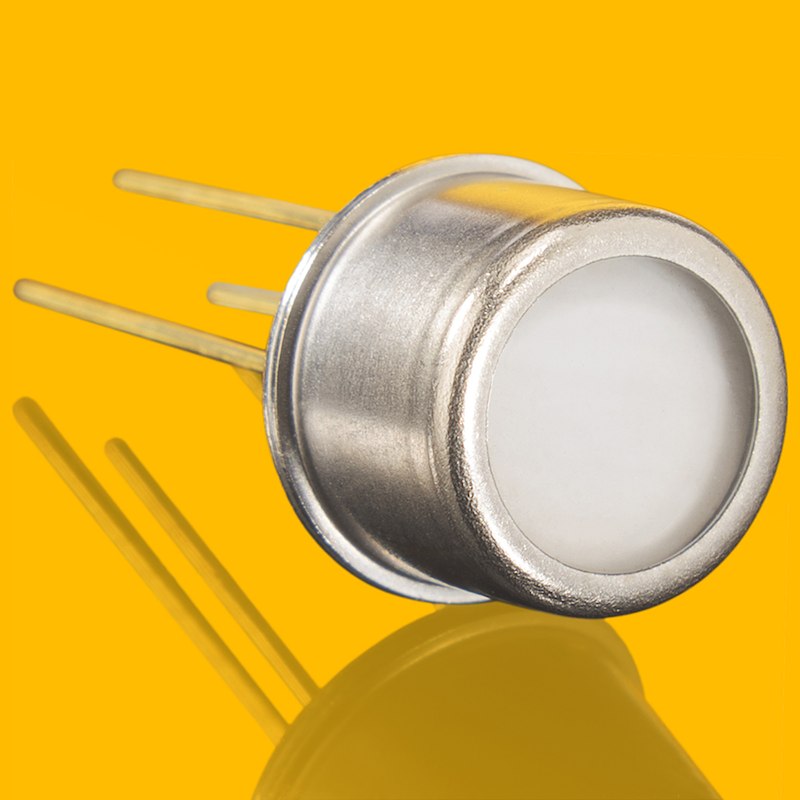TOCON_NC1F
- Fotodetector UVC con amplificador integrado
- Con un tiempo de respuesta rápido para uso en detección de incendios
- Gran chip detector de SiC de 1 mm² para maximizar la sensibilidad
- Con difusor para ampliar el campo de visión
- Encapsulado metálico TO5 sellado herméticamente
- Señal de salida 0 – 5 V
- Irradiancia máxima (límite de saturación) en 254 nm es 180 nW/cm²
- Irradiancia mínima (límite de resolución) 18 pW/cm²
- Se requiere fuente de alimentación positiva y negativa. Nuestra carcasa TOCON_N_steel disponible opcionalmente con un divisor de voltaje integrado facilita la evaluación del producto.
- Sustitución de sensores conducción gaseosa
Precio unitario: 162,80€
a partir de 1 unidad = EUR 162,80 / unidad
a partir de 10 unidades = EUR 144,20 / unidad
a partir de 50 unidades = EUR 121,03 / unidad
a partir de 100 unidades = EUR 59,23 / unidad
Para cantidades superiores, póngase en contacto con nosotros.


